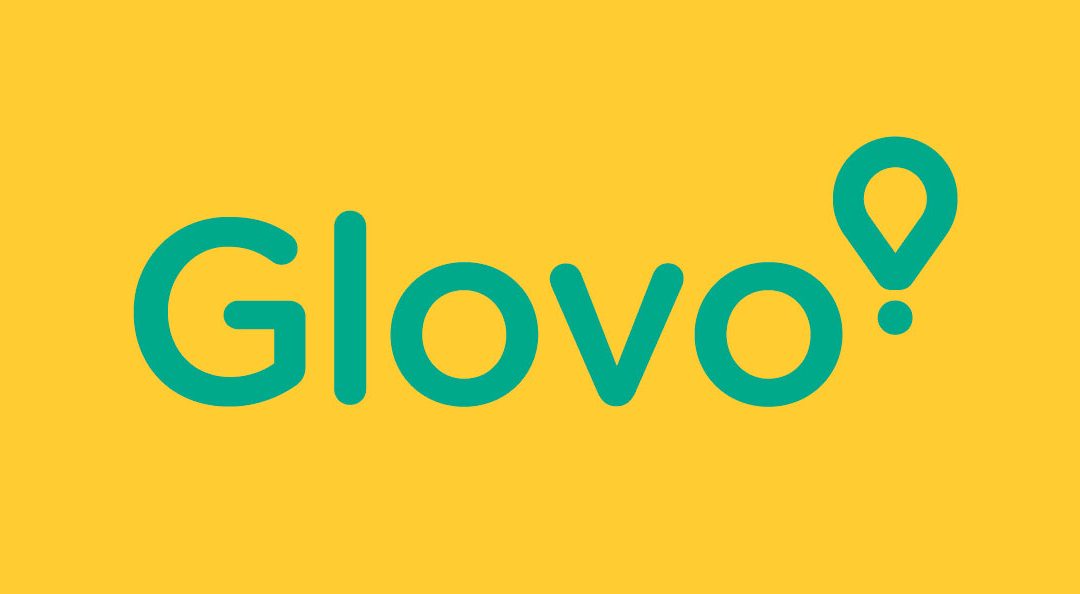Glovo stands out as a fairly unique approach to third-party delivery that combines a lot of unique operations from dark kitchens and warehouses to tightly packed pickup centers.
At first blush, the company that operates in 22 countries looks a lot like a standard third-party delivery startup. It taps into 46,000 couriers to deliver all manner of goods from thousands of restaurants and retail partners to its reported 7.4 million active customers.
But under the hood, the company has combined a lot of the notable novel trends we’re spotting in the U.S. market from dark stores as seen in DoorDash’s Dashmart, shared internal ghost kitchens as seen in vendors like CloudKitchens and Kitchen United and retail delivery.
So far, the company has raised more than $500 million in nine rounds of funding.
Now, it’s making a very 1990’s pizza promise of doing any kind of delivery in 30 minutes or less. It’s calling the practice Q-Commerce and has brought on a Walmart heavyweight to help out. Daniel Alanso, the former director of ecommerce for Walmart in the U.S. joined the company last year to focus on groceries for Glovo. He’s now global director of Q-Commerce with a laser focus on speeding up the delivery process.
He said COVID has changed consumer expectations about delivery, and a day or two just doesn’t cut it anymore.
“With shops closing down and lockdowns enforced globally, consumers now want and expect more items than ever to be delivered to their doorstep. This has brought new demands, and it is no longer a case of waiting 24 to 48 hours for a delivery. Rather, the expectation is now a matter of minutes,” said Alanso.
He said the speedy Q-Commerce program would roll out across Spain, Europe then Eastern Europe and Africa over the next year. At the core of that acceleration is the virtual and dark stores, which serve as small logistics warehouses across Glovo markets.
The company, based in Barcelona, recently consolidated its efforts, selling off Latin America operations and shutting down some smaller markets to focus on speed and extreme, machine-learning-driven efficiency in its core markets. The latest round of funding will go toward more facilities in the remaining markets as a way to saturate them with pick-up points for couriers.
There are a couple key lessons for the U.S. market, first there’s the reality of ever-increasing consumer demands. Remember when getting a book from Amazon in a week was exciting or a hamburger in an hour was worth a billion dollars? The pandemic has scores of consumers wanting better and faster everything and Glovo’s push for 30 minutes or less in more-seasoned delivery markets could be a harbinger of what’s to come in the U.S.
Second, the importance of market saturation will come to the ultra-convenience space. Domino’s Pizza has figured this out with an increasing number of locations in every market under a “fortressing strategy.” That helps the company get pizza to consumers in 20 minutes. Amazon, of course, is doing this at a larger scale with logistics centers across the country, but Glovo takes it a step further with a fortressed approach of many small centers throughout markets—not just at the edge of major metros like Amazon often does.


